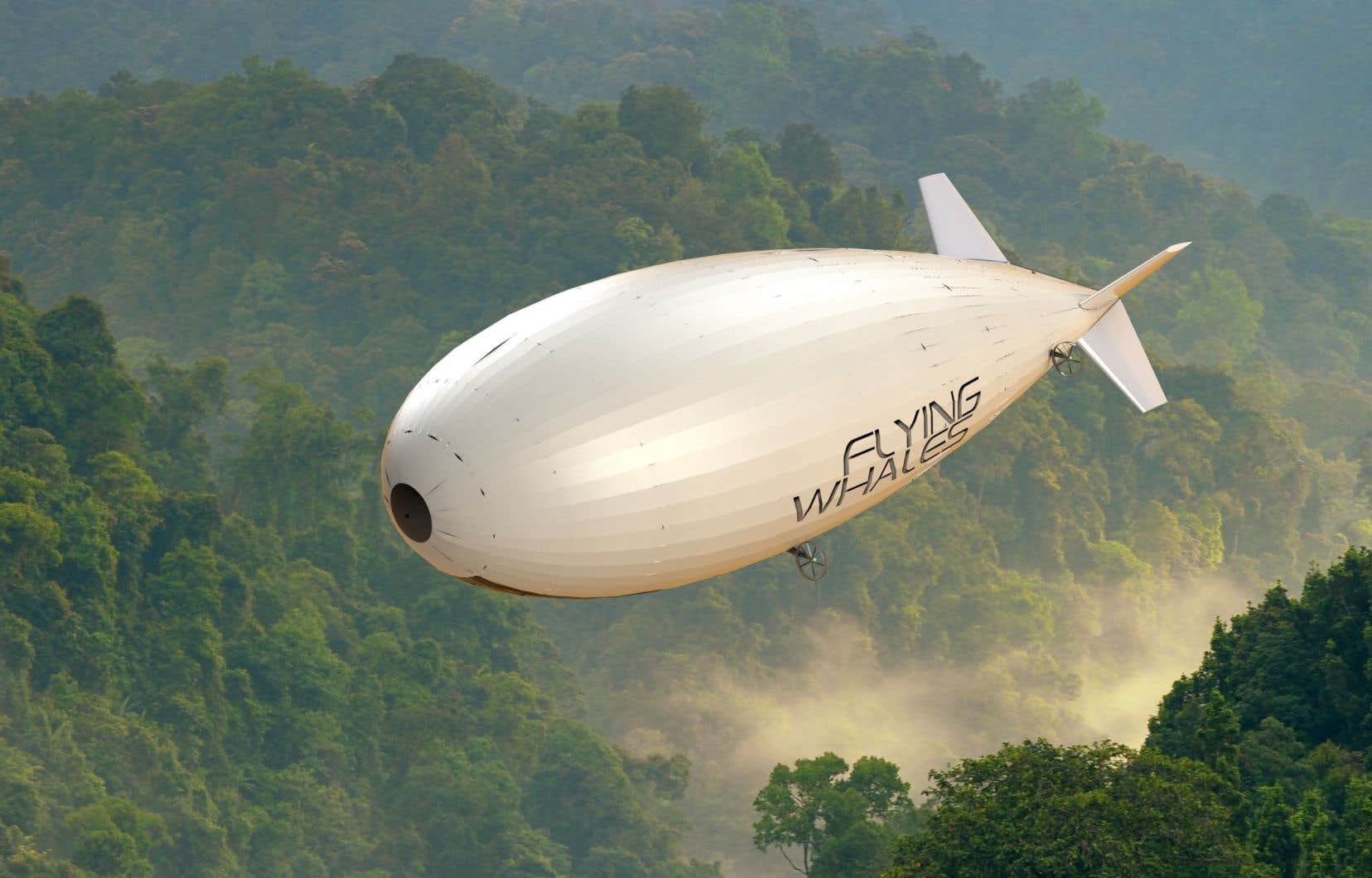Flying Whales’ plan to open a factory in Quebec to manufacture giant airships is moving forward. The French company is hesitating between sites located in the greater Montreal region. Its objective is still to produce a first airship in Quebec in 2027.
After several months of calm, things seem to be moving forward for Flying Whales. The company announced in early September that it had signed a strategic partnership with the State of Victoria, Australia, for the construction of what will become its third factory, after that planned in Gironde, France, and that in Quebec.
Partly Quebecois
Despite this announcement, Flying Whales’ shareholding remains shared between France and Quebec. Of the 40 million euros (55 million Canadian dollars) invested in this project by Investissement Québec in the summer of 2022, 25 million euros (35 million Canadian dollars) went into the share capital of the French company. This translates into 25% Quebec ownership of the company. The rest belongs to French interests. The other part of the amount granted by Investissement Québec went to the creation of the Quebec subsidiary of Flying Whales.
In the wake of the banning of Chinese telecommunications equipment maker Huawei by several Western countries, Flying Whales has spent much of the last few months replacing Chinese investors who were viewed negatively by potential business partners and some investors. The announcement of a factory in Australia somehow closes this chapter in the short history of this still very young company.
The next step will be to confirm in which municipality its Quebec factory will be located. Flying Whales says it has reduced the number of potential sites from fifteen to five. They are grouped into two regional county municipalities (MRC) of Greater Montreal. The willingness of regional elected officials to get involved in the project and the availability of labor – Flying Whales plans to hire 300 people – will determine the final choice.
In the meantime, the search for local partners is going well, explains in an interview with Duty the CEO of Flying Whales, Sébastien Bougon. “Some are located in Quebec, like Pratt&Whitney Canada, Thales and Honeywell, among others,” he says.
Heavy
Flying Whales proposes to establish some 160 bases around the world from where its giant airships can transport people or goods to destinations where it would be more difficult or more expensive to do so otherwise. They will be shared approximately equally between three regions: Asia-Pacific, Europe and Africa, and the Americas.
Each aircraft should be 200 meters long. The cargo space will be 96 meters long by 7 meters wide and 8 meters high. As a guide, an industrial container for transporting goods generally measures 12m x 2.5m x 2.5m. A Flying Whales airship could therefore, on paper, transport the equivalent of around forty of these containers.
The big boss of Flying Whales hopes to be able to transport such a volume of goods at a competitive cost compared to other means of transport, where traditional infrastructure is not easily accessible.
“We could transport wind turbine blades, which are very difficult to move on the roads, to places far from major centers,” illustrates Sébastien Bougon. In Australia, the government wants to deploy 10,000 km of high voltage electricity lines. This is a significant amount of equipment to transport to areas where roads are not plentiful. »
In Quebec too, the transport of energy equipment to remote regions is a promising vector. Flying Whales also plans to create a kind of flying hospital which will serve different villages in the Canadian Far North in turn. Such a mobile device could quickly be repackaged and transferred from one village to another by air.
Clean transportation… one day
Flying Whales still has to get its airships approved by government authorities. Already, the company hopes to gain points thanks to a combination of technologies which, it says, will make its means of transport much less polluting than others.
First, the enormous balloon which will support the gondola of its airships will be inflated with helium. Each of these airships will then be propelled by 32 propellers, each driven by its own electric motor. To power these engines, in an ideal world, Flying Whales would rely on hydrogen fuel cells. Green hydrogen, produced by the electrolysis of water using renewable energy.
Except that this technology is slow to see the light of day, so much so that the first Flying Whales airships will have to use generator turbines powered by kerosene or synthetic fuel like that developed in Montreal by the SAP consortium.
“We will start by using technologies that we know,” indicates Sébastien Bougon. I am still hopeful that we will end up using hydrogen. All engine manufacturers on the planet are working to make this transition. They will get there eventually. »
